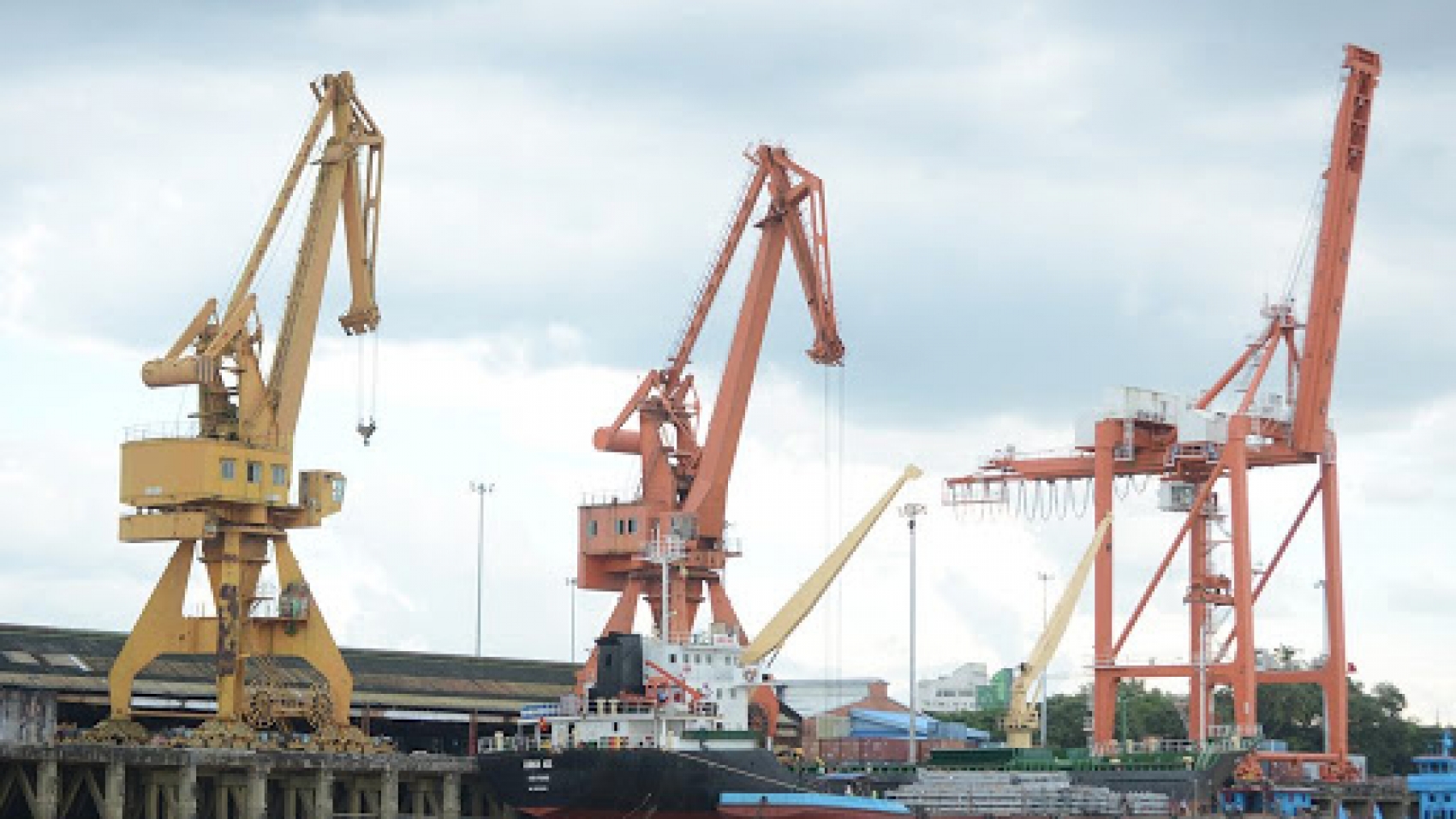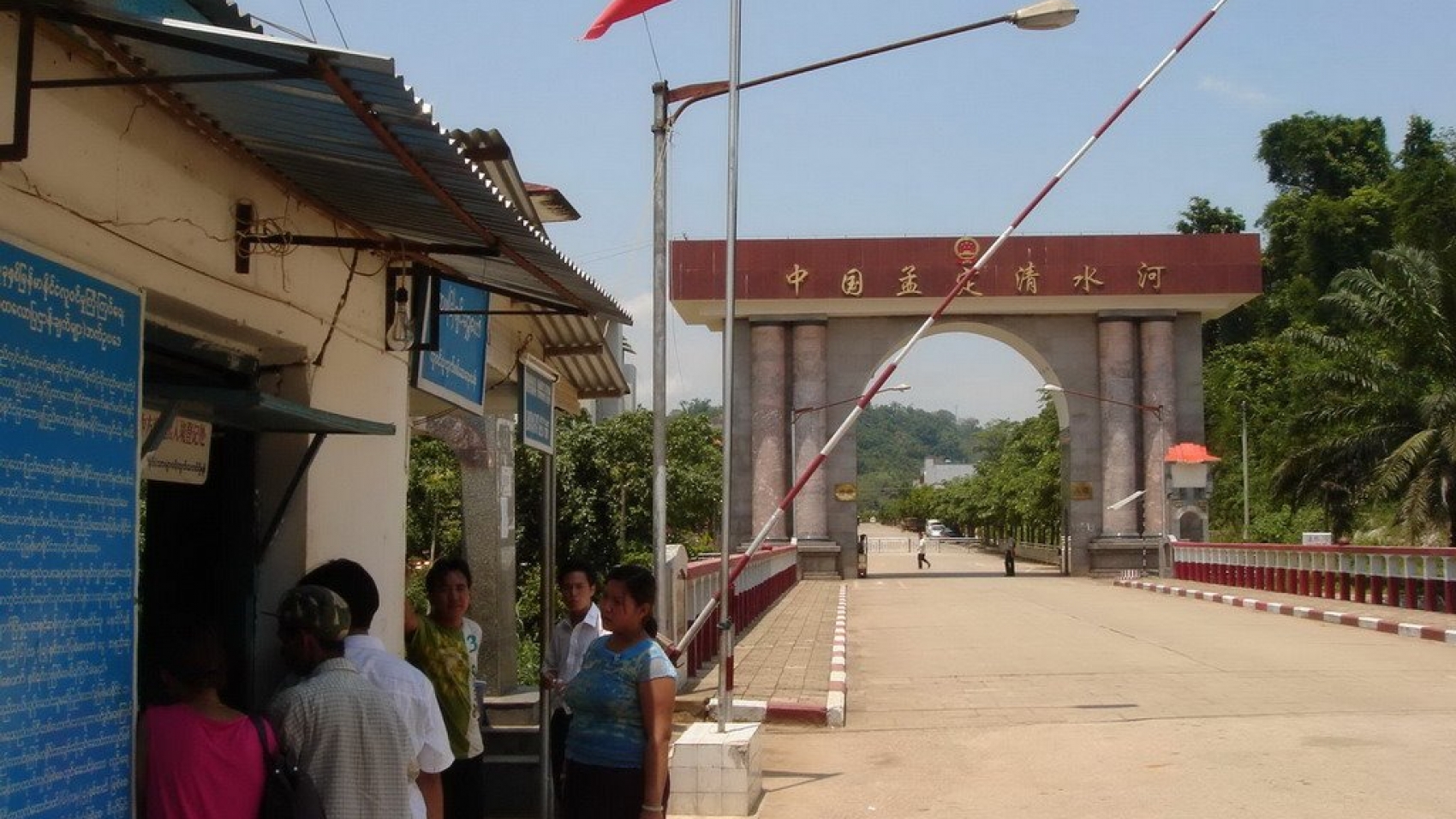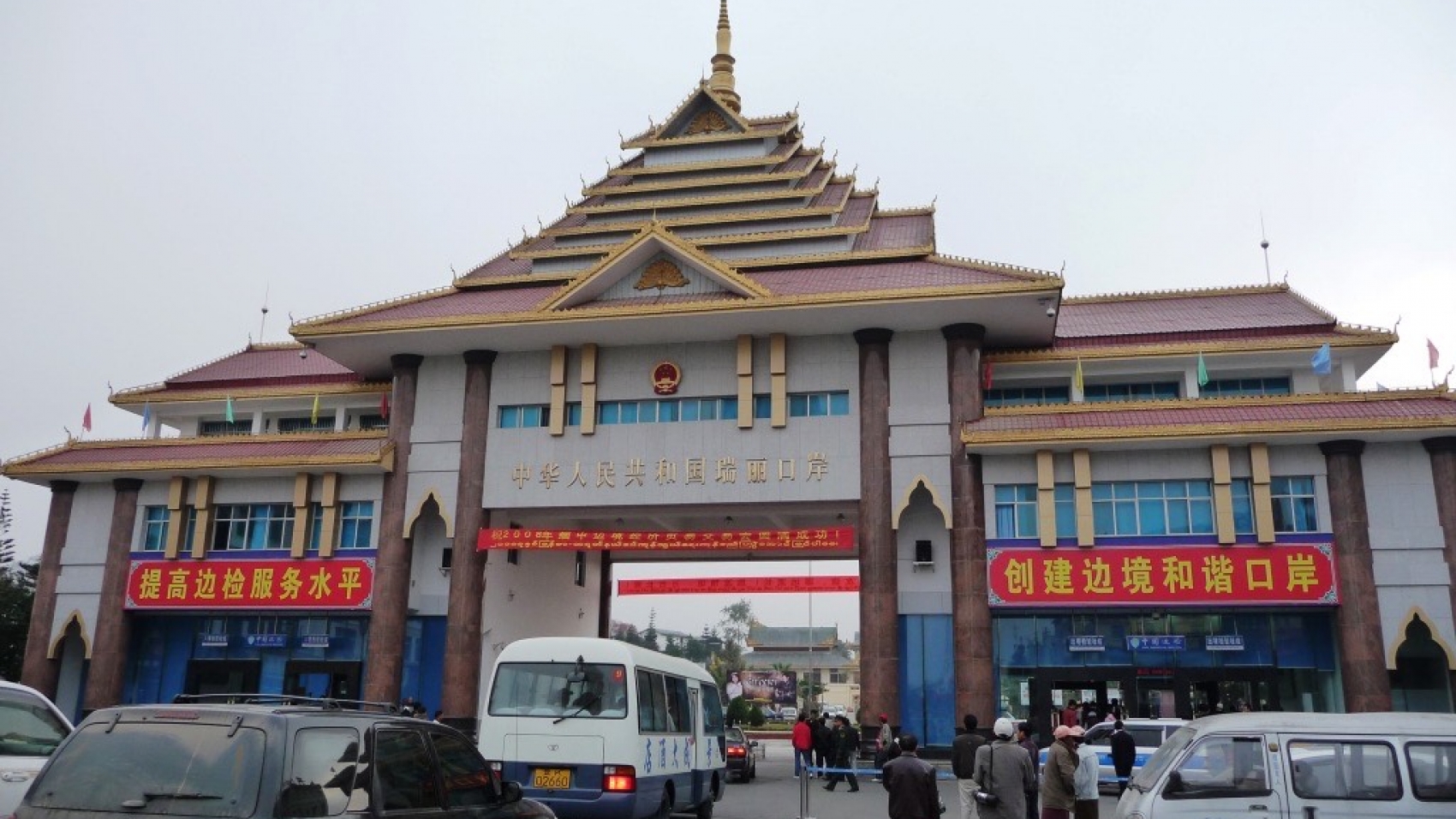The agricultural exports spiked to US$3.88 billion over the past eight and a half months of the current financial year 2020-2021, despite the downward trend in other export groups amid the tightened coronavirus containment measures in the border areas and increase in container shipping cost. The figures reflect a significant rise of $923.9 million this FY. The agro exports topped $2.95 billion in the corresponding period of the 2019-2020 FY, according to the trade figures released by the Ministry of Commerce.
The agricultural exports unexpectedly surge regardless of the impact of the coronavirus on foreign demand for other export groups such as fishery, livestock, mineral, forest products, finished industrial goods and other goods. In the exports sector, the agriculture industry performed the best, accounting for 37 per cent of overall exports. The chief items of export in the agricultural sector are rice and broken rice, pulses and beans and maize. Fruits and vegetables, sesame, dried tea leaves, sugar, and other agro products are also shipped to other countries. Myanmar agro products are primarily exported to China, Singapore, Malaysia, the Philippines, Bangladesh, India, Indonesia, and Sri Lanka.
Sometimes, the export market remains uncertain due to unsteady global demand. The country requires specific export plans for each agro product, as they are currently exported to external markets based upon supply and demand. The G to G pact also ensures the strong market for the farmers. Contract farming systems, involvement of region and state agriculture departments, exporters, traders, and some grower groups, are required in order to meet production targets, the Agriculture Department stated. The Commerce Ministry is working to help farmers deal with challenges such as high input costs, procurement of pedigree seeds, high cultivation costs, and erratic weather conditions.
Source: The Global New Light of Myanmar



